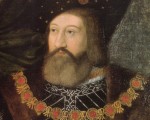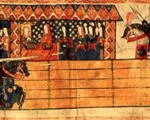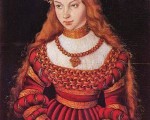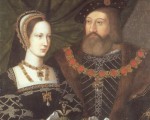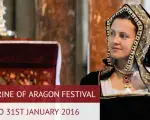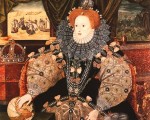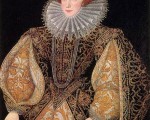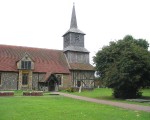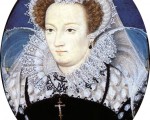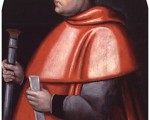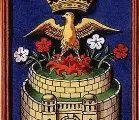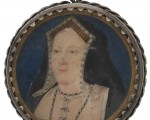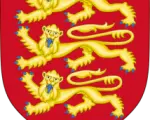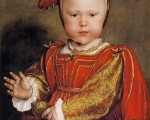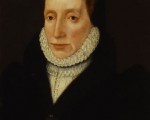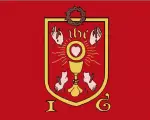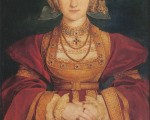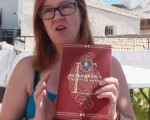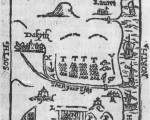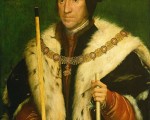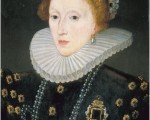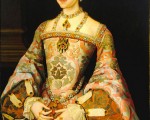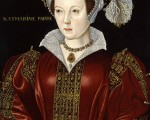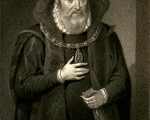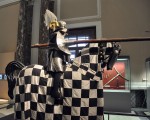
Jousting, much like rugby or American football, was a full-contact, dangerous sport. Severe injuries and even death were quite common. Henry II of France died in 1559 when a lance’s splinter breached Henry’s helmet and entered his brain by way of the eye. More like American football and less like rugby, individuals participating in the joust wore protection.
Most armour was made by smiths in either Germany or Italy, though those smiths would travel to workshops all over the continent and England. One workshop in England boasted of smiths from Flanders, the Netherlands, Germany and Italy. The city of Milan was most famous for its skilled armour smiths, though German armourers under the Holy Roman Empire outfitted the likes of Maximilian I and Charles V. Henry VIII established royal workshops at Greenwich, with previous workshops having been located in London. Some French workshops recruited Italians for their workshops in Lyon and Tours. There is not much information about armour workshops in either Spain or the Netherlands, but most of the large Belgian cities had active armourer’s guilds during the Renaissance period.
[Read More...]

